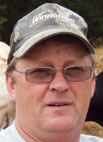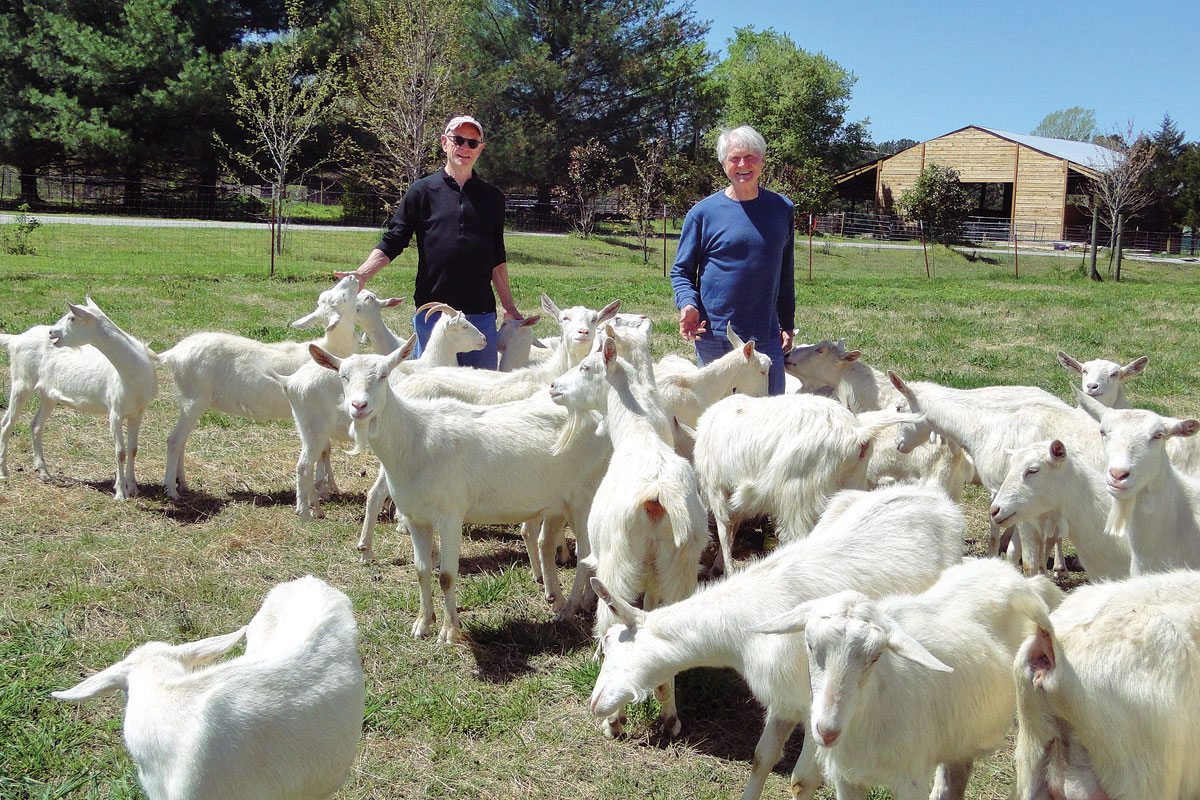 Jim Bray tries to get back to the old days with his herd of Charolais cattle just south of Greenwood, Ark.
Jim Bray tries to get back to the old days with his herd of Charolais cattle just south of Greenwood, Ark.
“Lately, a lot of Charolais cattle have had shorter bodies and pot bellies,” said Jim. “We want to go in the opposite direction. We want the old stuff, the original genetics with long bodies and tall bulls.”
Jim recently completed AI school so he can better control which genetics get into his herd. “Brent Cooper over at Hackett was one of my teachers,” said Jim. “We want to get better bloodlines with it.” Jim’s first batch of semen is from Big Branch Breeder Service in Alexander, Ark. He’ll use AI on his first herd of cows in December.
While Jim got his current herd started in 2005, he has a long family history with the breed.
“We had cattle back in the 70s when I was young,” Jim said. “We got rid of them in the 80s. Back in 2005, I was in the plumbing business and wanted to get back into cattle, so me and dad both got some more cattle. They’re a big nice breed, and I like white cattle.”
Jim’s father is Jim Bray Sr. and his mother is Reba Bray, both of Greenwood. Combined, they run around 50 head of Charolais on 70 acres, and lease an additional 250 acres from various landowners. His uncle, Ricky Bray, also has a small herd of cattle. Jim says that the family connection is key to their cattle operation, especially since he juggles ranching with Jim Bray Plumbing.
“Dad takes care of the cows when I’m on plumbing jobs,” said Jim. “It’s real hard at times, because both the cattle and the plumbing business demand a lot of attention. Some days, I do one during the day, and the other until after dark.”
“We’re a cow-calf operation,” said Jim. “We’ve got 48 momma cows, and we strive to raise good bulls. We sell to commercial farmers and ranchers or anyone who needs seedstock.”
Jim says that times are tough on cattlemen in western Arkansas, especially with the hot dry summer. “Everything is so high right now,” said Jim. “There’s no grass left down here, and people are already feeding hay just like it’s winter. Folks can’t even afford to sell hay they need it too much. We’ve got some left over from last winter, so we’re lucky.”
We’re fortunate to have pastures,” said Jim. “We do our own hay. We usually get about 450 bales, but this year it was down to only 234. Earlier this summer, we had a pasture that was full of green grass that was belly high on the cows. But it didn’t last and it’s been so dry this summer, that it’s just all gone now.”
Despite the hard times, Jim thinks that ranchers who can hold out another couple of years will see rewards.
“Right now people are selling out whole herds. If you can hang on the next 2 years, I think you’ll do real well.”
Something that Jim has really focused on lately is checking his herd for trichomoniasis, commonly called trich.
“Mark Sharp with South County Animal Hospital in Greenwood is our vet and he does a great job,” said Jim. “He was telling me about trich. It’s a venereal disease in bulls that causes cows to abort the calves. If you have a bull test positive for it, he goes straight to slaughter. We had our herd checked, and they didn’t have it, thank God. Mark keeps us up to date on vaccinations.”
By focusing on genetics, cutting costs where he can, and keeping his herd healthy, Jim Bray hopes to keep on ranching Charolais as long as he can.
“We strive to produce really good bulls and keep our customers happy,” said Jim.







